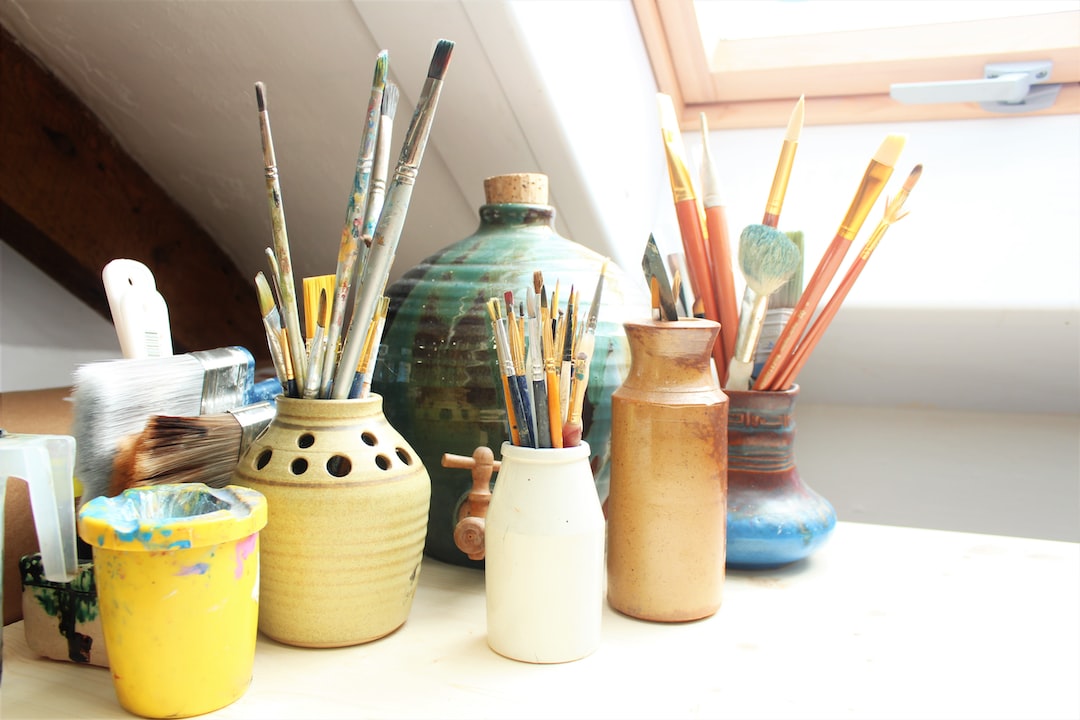The enduring beauty of the human form: anatomy in art
Throughout history, artists have been captivated by the complexities and beauty of the human body. From the ancient Greeks to the Renaissance masters, the depiction of the human form has served as a cornerstone of artistic expression. The study of anatomy, both in its scientific and artistic form, has played a crucial role in understanding the human body and documenting its intricacies. In this blog post, we explore the enduring beauty of the human form and its representation through anatomy in art.
Artists have long recognized the significance of studying anatomy as a means to better understand and accurately depict the human body. In ancient Greece, for example, the sculptors of the classical period carefully observed the proportions and structure of the human body, creating statues that embodied an idealized vision of physical beauty. These sculptures, often depicting gods and heroes, celebrated the harmony and grace found in nature’s design.
During the Renaissance, the study of anatomy flourished, driven by a renewed interest in humanism and a desire to capture the world through precise observation. Artists such as Leonardo da Vinci and Michelangelo dissected cadavers in order to gain an intimate understanding of the human body’s inner workings. This knowledge manifested itself in their artworks, which displayed a newfound accuracy and detail that had not been seen before.
Leonardo da Vinci, in particular, stands out as a pioneer in fusing scientific inquiry with artistic expression. His sketches and studies of the human anatomy showcased an unparalleled level of anatomical accuracy and sophistication. In his famous work, “The Vitruvian Man,” he dissected the human body into precise proportions, capturing the balance and symmetry that he believed existed in nature. Da Vinci’s meticulous observations paved the way for a more scientific approach to the human form, shaping the future of anatomical representation.
The value of anatomical understanding extended beyond the realm of visual arts as well. Medical illustrations, dating back centuries, played a crucial role in educating physicians and surgeons about the structure and function of the human body. These illustrations were often executed with exceptional precision and detail, reflecting the important intersection of art and science. In fact, some of the most renowned medical textbooks of the past featured beautifully rendered illustrations that served as educational tools for generations of practitioners.
In contemporary art, the exploration of the human form through anatomy continues to captivate artists and viewers alike. While the study of anatomy in art no longer requires dissection, access to anatomical references and resources has expanded, enabling artists to delve deeper into the intricacies of the human body. Artists today employ a wide range of mediums, from traditional painting and sculpture to digital and mixed-media installations, pushing the boundaries of anatomical representation further.
The enduring beauty of the human form lies not only in its external aesthetic but also in the complexities hidden beneath the surface. The study of anatomy in art allows artists to celebrate the intricate network of muscles, tendons, and bones that give our bodies life. By highlighting the relationships between these elements, artists can create visually striking and emotionally captivating pieces that resonate with viewers on a profound level.
Anatomy in art serves as a reminder of our shared human experience. As viewers, we are drawn to these depictions because they reflect our own physical existence and evoke a sense of empathy. Regardless of cultural or personal backgrounds, the human form remains a universal subject that transcends boundaries and speaks to our collective humanity.
In conclusion, the enduring beauty of the human form has captivated artists for centuries. Through the study of anatomy, artists have been able to depict the intricacies of the human body with an unprecedented level of accuracy and detail. From ancient Greek sculptures to contemporary art installations, anatomy in art continues to celebrate the awe-inspiring complexity and enduring beauty of the human form.

